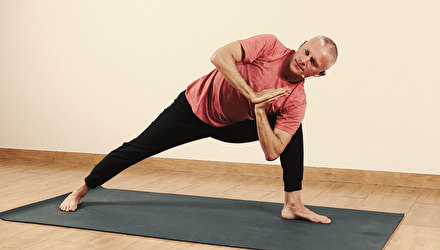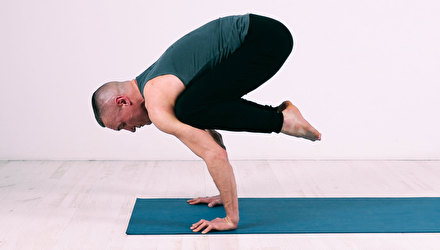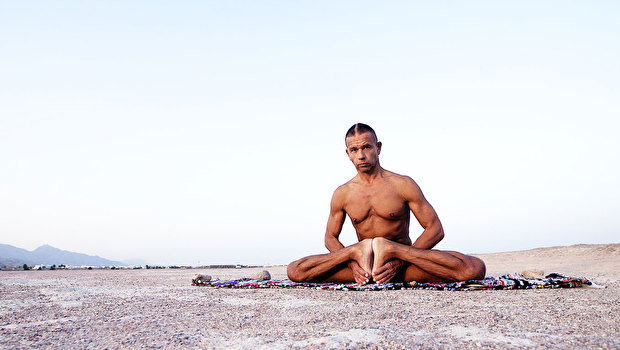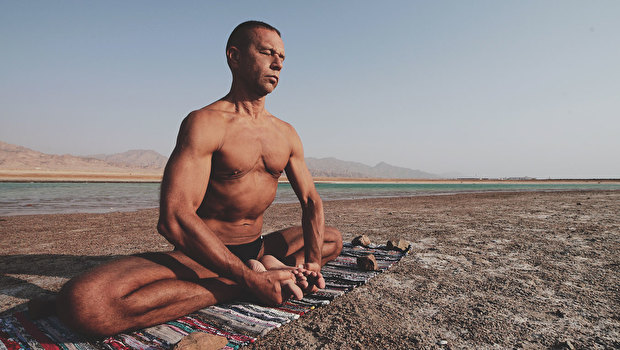"In the first place in yoga are asanas." So says Swatmarama. The question is why? After all, when listing the components of righteous yoga in order, he first, as usual, calls Yama (restrictions) and Niyama (rules). And rightly so - all authoritative sources do the same. And if you believe Patanjali, then all the components of the process should always be present in this process in a good way. A lifelong practitioner of righteous yoga, in theory, should be aware of what he / she should not do and how it makes sense to behave, and, of course, his / her daily practical duty is to handle his / her daily routine. reality properly. The position of the body during the practice of contemplation should be “sthiram-sukham” - stable and comfortable, the mind should not wander outside (pratyahara), attention should be collected (dharana) and steadily turned to the object of comprehension (dhyana), so stable that perception is immersed into the depth of the essential meanings of the studied phenomena (samadhi), leading to the totality of their awareness (samyama). All of this is always at the same time.
A number of questions arise:
Where is the physical culture aspect and asanas as gymnastic forms? Why does Swatmarama put asanas as a type of practice in the first place, and clearly not in order, but in order of importance? Why does Patanjali mention the very word "asana" (sitting, posture, posture) only in the second chapter, where he describes the position of the body suitable for long-term motionless sitting in contemplative practice? Where, then, does Patanjali reveal the mechanism of “physical culture” impact on consciousness, and does he reveal it somewhere at all? That is, what is hatha yoga and how does it work? What does yoga gymnastics have to do with the control of attention according to Patanjali, from which control comes awareness and the evolutionary process of development of consciousness that follows it? With all the resulting consequences detailed in the sutras... How is physical education a tool for developing the ability to control the activities of the mind? A? "Yoga-chitta-vritti-nirodhah" - literally "the activity of the mind is restrained by a bridle" ... Hint: if, instead of interpreting and commenting, we translate Patanjali's text "directly and simply", but FULLY, including terms, then it turns out that there there is no definition of yoga as such, there is a description of the process and a summary of the method ...

And one more thing... If “hatha” is, according to the academic dictionary translation of the word, “strength, effort”, then where did stretching come from and why are asanas stubbornly identified with flexibility and stretching exercises? Where do such sophisticated ways of depicting various figs by bodies come from, and are they needed at all? And if needed, to whom and at what stages of practice? What does "hatha" mean here? Hint: we are looking for an obvious mechanism for transforming tissue stretching into neurosignals similar to those that occur during tension, when the muscles develop "hatha" - "effort". And we are trying to figure out what these signals may have to do with psycho-emotional control, stopping the internal dialogue and other small but useful joys that Patanjali called the general term “vairagyam” ...








